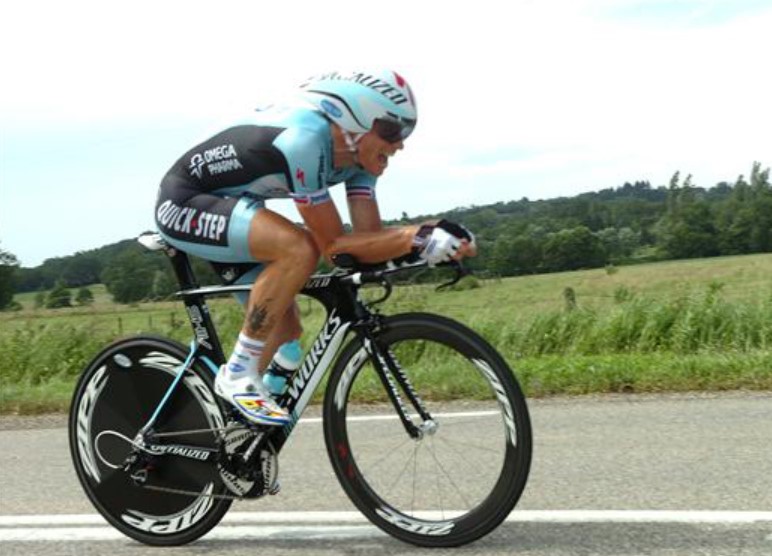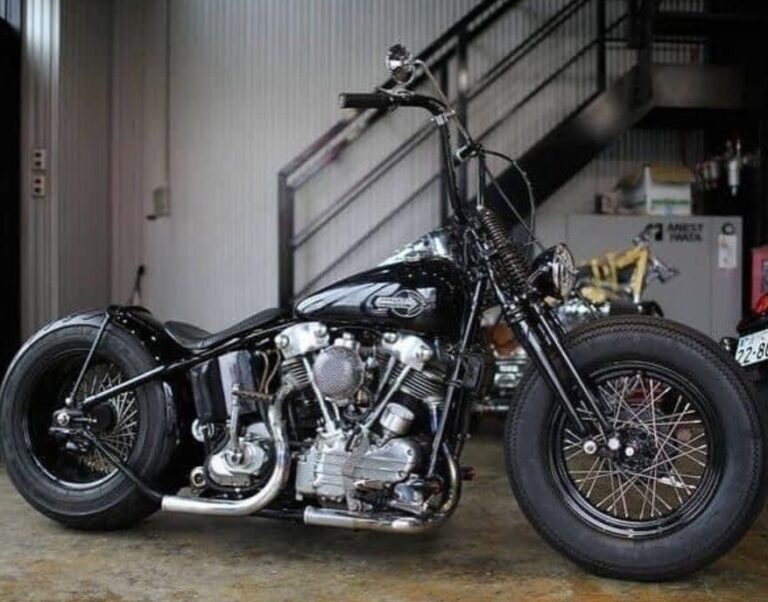How Much Does A Tour De France Bike Weigh? Answered
The Tour de France, an iconic and grueling cycling race, captures the attention of sports enthusiasts worldwide. Central to this event are the bikes, marvels of engineering designed for speed, endurance, and efficiency. A critical question often asked is, How Much Does A Tour De France Bike Weigh? This article delves deep into this query, exploring the intricacies of these high-performance machines.
Key Takeaways
- Minimum Weight: Tour de France bikes adhere to a minimum weight limit of 6.8 kg.
- Material and Design: Advanced materials and design contribute to lightweight yet strong frames.
- Variation in Weight: Different stages of the race may require slightly different bike weights.
- Technological Advancements: Ongoing innovations continuously redefine bike weights and capabilities.
- Impact on Performance: Weight plays a crucial role in a cyclist’s performance, especially in mountain stages.
How Much Does A Tour De France Bike Weigh?
A Tour de France bike typically weighs around the minimum limit set by the Union Cycliste Internationale (UCI), which is 6.8 kilograms (14.99 pounds).

Understanding the Importance of Bike Weight
Evolution of Regulations
The Union Cycliste Internationale (UCI) sets the standard for racing bike weights. Historically, these regulations have evolved, reflecting advancements in technology and safety concerns. ,
The current minimum weight limit for a Tour de France bike is 6.8 kilograms. This standard ensures a level playing field and maintains the importance of rider skill and endurance.
Why Weight Matters?
The weight of a bike is crucial in professional cycling. A lighter bike means less effort is needed to climb hills or accelerate. However, it’s a delicate balance between weight, strength, and aerodynamics. Riders and manufacturers constantly seek ways to shave off grams without compromising on performance or safety.
Materials and Technology
Innovation in Frame Design
Tour de France bikes are marvels of engineering. Materials like carbon fiber are predominantly used for their strength-to-weight ratio. The design of the frame, components, and even the paint can affect the bike’s total weight. These bikes represent the pinnacle of cycling technology, where every detail is meticulously considered.
Cutting-Edge Components
Beyond the frame, components like wheels, gears, and saddles are also optimized for weight and performance. The choice of these components can vary depending on the race stage, weather conditions, and rider preference, adding another layer of strategy to the race.
Weight Variations Across Race Stages

Flat vs. Mountain Stages
Different stages of the Tour de France present unique challenges, influencing bike setup and weight. In flat stages, aerodynamics might take precedence, while in mountain stages, the focus shifts to minimizing weight for optimal climbing efficiency.
Customization for Individual Riders
Each rider may have a slightly different bike setup, tailored to their riding style and the day’s specific stage. This customization ensures that the bike complements the rider’s strengths, whether in sprints, climbs, or long endurance stages.
Technological Impact on Bike Weight
The Future of Cycling Tech
The quest for the lightest, most efficient bike is ongoing. Technological advancements not only reduce weight but also enhance other aspects like durability and aerodynamics. The future of cycling technology holds exciting possibilities for even lighter and more efficient bikes.
Balancing Regulations and Innovation
As technology advances, regulations must adapt to maintain fairness and safety in the sport. This dynamic between innovation and regulation is a constant in the cycling world, shaping the evolution of the Tour de France bikes.
What Is The Lightest Bike In The Tour De France?
The title of the “lightest bike” in the Tour de France is a hotly contested accolade, often changing hands as manufacturers push the boundaries of engineering.
Historically, bikes like the Trek Émonda and Specialized S-Works Tarmac have been contenders, with weights hovering just above the UCI’s minimum limit.

These bikes use advanced carbon fiber and meticulous engineering to shave off every possible gram. However, due to UCI regulations, teams often have to add weight to these bikes to meet the 6.8 kg minimum. The exact “lightest” bike can vary from year to year as new models and technologies emerge.
How Much Does A Professional Road Bike Weigh?
A professional road bike, especially those used in competitions like the Tour de France, typically weighs around the UCI’s minimum weight limit of 6.8 kg.
This weight can vary slightly based on the stage type and rider preference. For example, a bike used for mountain stages might be on the lighter end of the spectrum to aid in climbing efficiency, while time-trial bikes could be heavier due to their aerodynamic components.

The use of lightweight materials such as carbon fiber and titanium, along with advances in engineering and design, helps maintain these bikes at the optimal weight for competitive racing.
Are All Tour De France Bikes 6.8 KG?
Not all Tour de France bikes are exactly 6.8 kg, but they must meet or exceed this minimum weight limit set by the UCI. The rule is in place to ensure safety and fairness in the competition. However, within this guideline, there is room for variation.
Factors like rider preference, race stage type (mountain, flat, time-trial), and weather conditions can influence the exact weight of a bike. Teams and manufacturers often make strategic decisions about components and bike setup, which can result in slight weight differences, as long as they adhere to the minimum requirement.
Conclusion
In conclusion, the weight of a Tour de France bike is a critical aspect of its design and performance. The current minimum weight limit of 6.8 kg reflects a balance between speed, efficiency, and safety.
From the materials used to the technological innovations, every aspect of these bikes is geared toward providing the ultimate cycling experience. As the sport evolves, so will the design and capabilities of these incredible machines, always pushing the boundaries of what is possible.
People Also Ask
Can weather conditions influence the weight of a Tour de France bike?
Weather conditions can indirectly influence bike setup, which may affect weight. For example, in rainy conditions, teams might opt for heavier, more durable tires and additional gear, which can increase the overall weight of the bike.
Do teams have different strategies for bike weight?
Yes, teams employ different strategies based on race conditions and rider strengths. For instance, a team may choose slightly heavier, more aerodynamic components for flat stages, while prioritizing lighter setups for mountain stages.
How has bike weight regulation evolved in professional cycling?
Bike weight regulations have evolved with advancements in technology and materials. The UCI has adjusted rules over time to ensure safety and fair competition, with the current minimum weight standard being a product of these evolving regulations.
Are all Tour de France bikes the same weight?
Not exactly. While all bikes must meet the minimum weight requirement, variations exist due to different component choices and customizations tailored to individual rider preferences and the specific demands of each race stage.

Welcome to the exhilarating world of Matt Rex, a professional car racer turned renowned vehicle enthusiast. Immerse yourself in his captivating blog as he shares heart-pounding adventures, expert reviews, and valuable insights on cars, trucks, jets, and more. Fuel your passion for speed and discover the beauty of vehicles through Matt’s engaging stories and meticulous expertise. Join the ever-growing community of enthusiasts who find inspiration and expert advice in Matt Rex’s blog—a digital hub where the thrill of speed meets the pursuit of knowledge.







